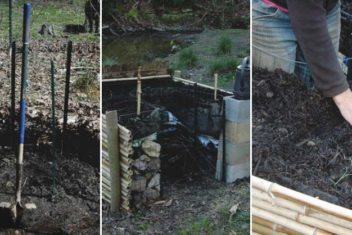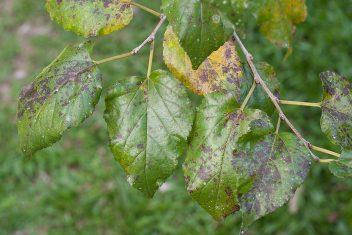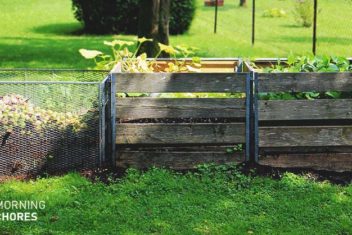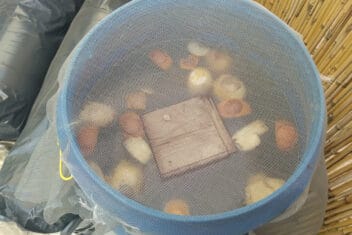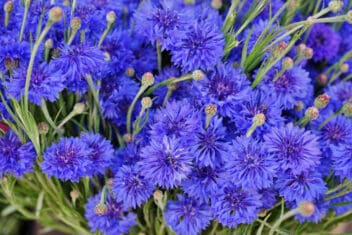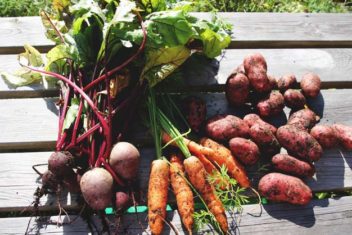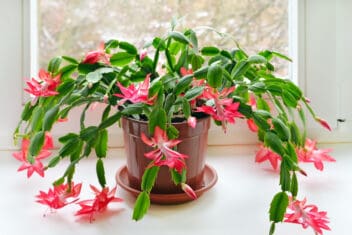Gardeners who live in colder climates can get down during the winter. We love to be outdoors with our hands in the soil, which isn’t possible when it’s under three feet of snow. Fortunately, there are ways to enjoy the garden in the winter!
Don’t languish indoors and give up on your garden just because it’s dormant and cold out there. Read on to discover some of the secrets I’ve learned to adapt for cold-weather joy.
1. Light it Up!
Most people’s gardens are resplendent with various hues during the spring, summer, and autumn months. Flowers abound when it’s hot out, and fall’s splendor turns everything red and cold.
In contrast, winter can look pretty bleak out there: all grey, white, and bleh.
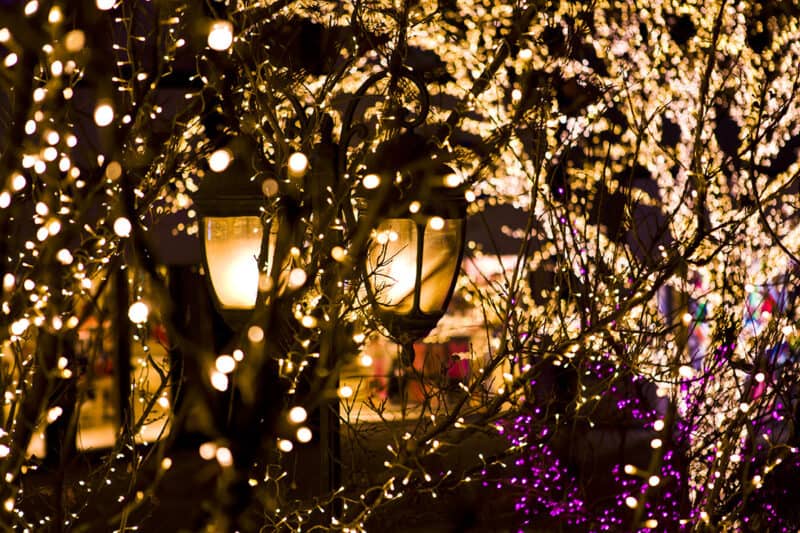
The solution to this is to get decorating. Do you know what looks amazing juxtaposed against all those bare branches? Fairy lights!
Stock up on decorative lights after Christmas when everything’s on sale. Then, thread them through some of your favorite trees to create a luminous landscape. Choose either soft glowing or twinkling lights, depending on your preference.
I like to use white ones, as they work beautifully with the snowy landscape. That said, you can make different effects by using various colors. Get creative!
As an alternative to electric lights, you can also try making ice luminaries. You can create these in countless different shapes and sizes, as well as colors. Then pop in some candles or tea lights, and you’ll have beautiful, flickering ice lanterns wherever you like.
Use these to light up your driveway when guests visit or simply to create some glowing beauty in your snowy yard. What better way to enjoy your garden in the winter?
2. Attract Animals to Swoon Over
If you love to garden, there’s a good chance that you’re an animal lover as well. When you’re stuck inside for months, a great alternative to Netflix is simply looking out the window.
Do some research to determine which animals are native to your area. Then, choose species you really appreciate, and find out what they like to eat. This way, you can attract them to your yard with their favorite snacks.
For example, cardinals love fresh fruit and big seeds placed on flat platform feeders. In contrast, blue jays prefer peanuts and suet in hanging wire mesh, while chickadees and grosbeaks enjoy small seeds in feeders or scattered at ground level.
Squirrels and chipmunks will tidy up anything that falls.
If you like larger animal visitors, consider putting up a hay feeder for deer. Toss some apple or carrot chunks in there to draw them in, and a salt lick to keep them coming back.
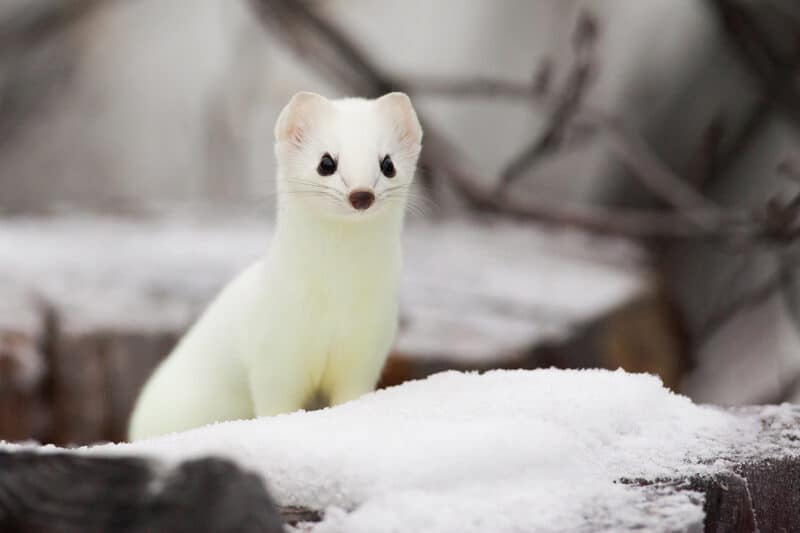
You may be pleasantly surprised to discover how many species visit your yard on a daily basis. I’ve seen foxes, ermines, and porcupines out here, as well as wild turkeys!
Best of all, while you enjoy your garden visitors, you’ll be helping wild animals survive another winter.
3. Consider Installing a Greenhouse or Solarium
If your winters are as long and cold as they are here in Quebec, think about creating an enclosed, warm winter sanctuary. You may not actually be able to garden in winter, but you can at least enjoy the surroundings from a sheltered environment.
Solariums are great if you have the ability to attach this kind of structure to your house. For example, you can enclose your back patio with weatherproof glass.
This way, you can just step out your back door and you’ll be shielded from the seasonal onslaught, while still being semi outdoors.
Conservatories can take advantage of your house’s heat, or you can install heaters inside them. Add some rattan furniture and throw blankets, nestle in close to the heater, and you’ll have the best of both worlds.
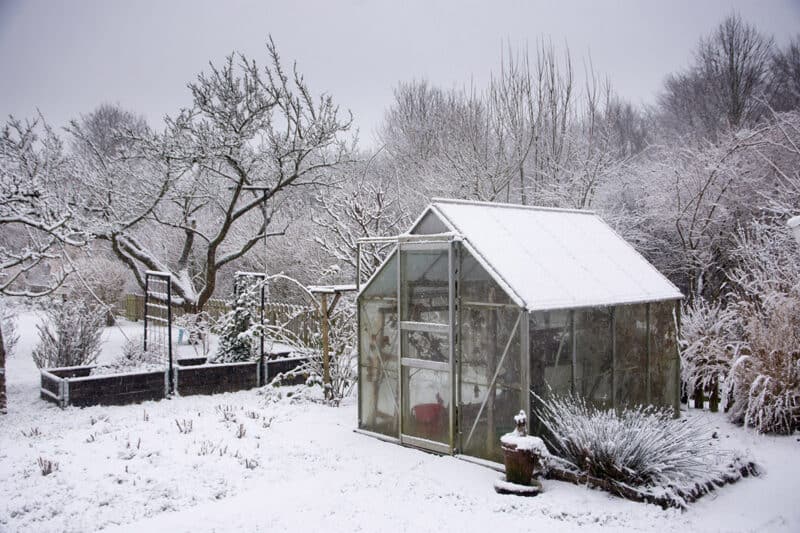
In contrast, greenhouses are free-standing structures that you can plop in a favorite sunny spot on your land. Although these will be significantly warmer than the outdoors, you’ll still need a heat source if you’d like to spend time in there or grow anything in January/February.
These enclosed spaces can certainly help you enjoy your garden in wintertime, but they can be costly. If you can afford them, however, they are well worth the investment in the long run.
4. Be Brave and Stargaze
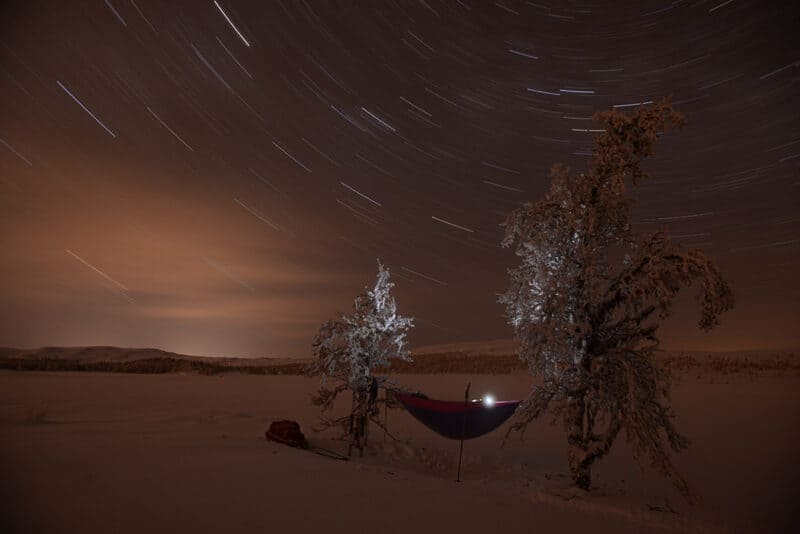
I spent some time in rural Alberta in January years ago, and that place was insanely cold. That said, you wouldn’t believe how gorgeous the night sky can be in the dead of winter.
While I was out there, I learned a fun way to enjoy the stars (and the Aurora borealis!) in my winter garden without freezing to death.
What you’ll need:
- Inflatable swimming pool large enough for a few people to lie down in
- Thermal blankets, duvets, and various pillows
- Heat reflective Mylar blanket
- Warm clothes, mittens, socks, etc.
- Ski goggles
- Your favorite hot drink
Inflate the pool, take it outside, and put down some thermal blankets inside it. Then arrange pillows the way you like.
Make sure you’re wearing thick socks and warm layers, then take off your boots and crawl in. Cover yourself with one blanket, then lay down the reflective Mylar one, and top with a duvet.
If it’s ridiculously cold out, put on those ski goggles to protect your eyes. Pull down your hat and raise your scarf so no skin is exposed. Enjoy the glorious night sky!
5. Plant Species for Winter Interest
If you find that you really want to spend more time in and enjoy your garden during the winter, plan(t) ahead. Put in a variety of evergreen trees with different needle shapes and scents to add visual and olfactory interest.
Alaskan yellow cedar (Cupressus nootkatensis) is an evergreen in the Cypress family, and is absolutely gorgeous in wintertime. Various birch species (Betula spp.) offer dark, spindly boughs and pale, papery bark for visual contrast.
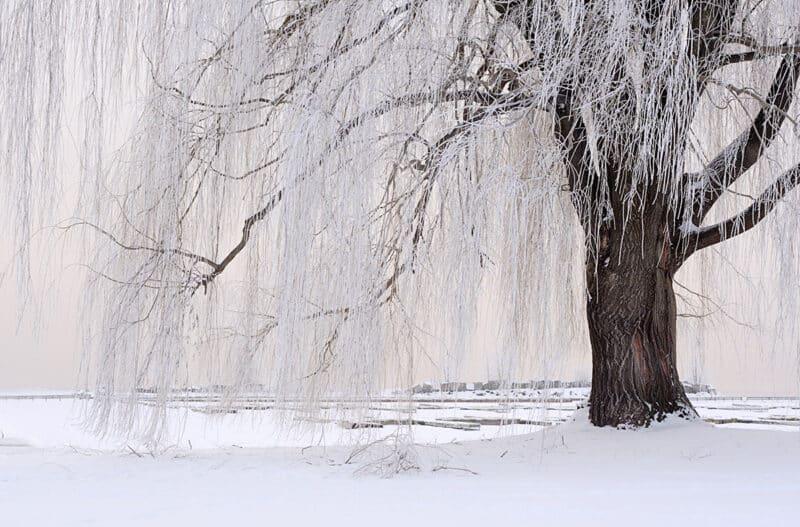
Weeping willows (Salix babylonica) look incredible in winter when their branches get covered with ice. Meanwhile, eastern white pine trees (Pinus strobus) offer visual beauty as well as safe homes for birds among their branches.
Rowan trees (Sorbus aucuparia) produce stunning orange-red berries in autumn, which provide great visual contrast against white snow and grey boughs. Additionally, wild animals love to snack on them during the winter.
Get Outside, Even When You’d Rather Hibernate
As you can see, there are many different ways to enjoy your garden in the winter. Those of you who live in milder climates can also grow winter vegetables. There are even some hardy flowers that can bloom in really cold temperatures.
Ultimately, however, the key really is to get outside whenever possible rather than holing up indoors.
Sure, it might be super-cold out there, but that’s where this Scandinavian proverb comes in handy:
“There’s no such thing as bad weather: only inappropriate clothing.”
Get yourself some good thermal layers, bundle up, and get out there. Aim for midday so you actually get some winter sunshine into your eyes. Go for a walk, take pictures, try to identify animal tracks in the snow.
You don’t have to sulk around until the weather warms back up to enjoy your garden, darlings. Get out there and play.

